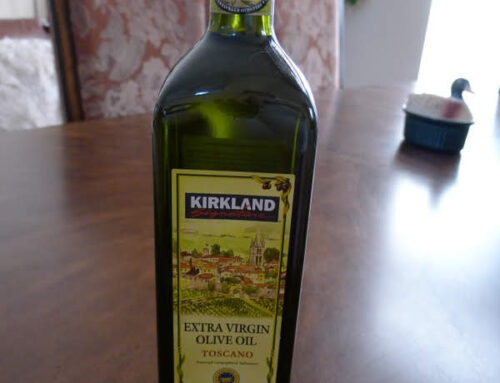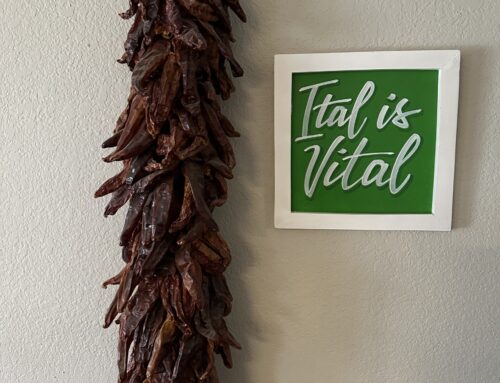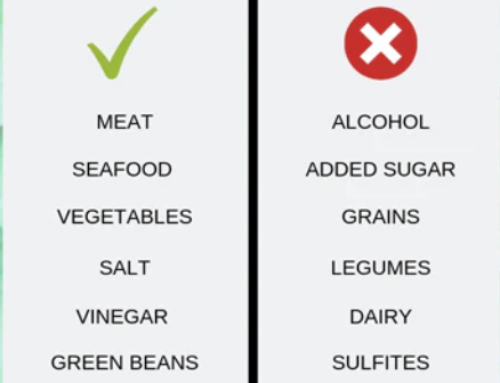Letitia Baldridge, author of over a dozen books, has just ruined my world, though I spent a weekend in etiquette lessons with her in 1992, which apparently didn’t fully take. She apparently is very clear on the rule of passing foods counter-clockwise at the table, although I grew up with a rule of clockwise at our house. Could the French rule be different or was I just mistaken? I made the mistake of assuming that my table manners would come with me across the pond as naturally as my BBC accent did. The years of my mother’s training in the home were followed by etiquette classes in college, and I felt quite at ease in a formal dining environment. Apparently, we were wrong all these years, as I see no support for a French deviation from the US rule. It turns out Letitia Baldridge is right on both sides of the pond.
with a rule of clockwise at our house. Could the French rule be different or was I just mistaken? I made the mistake of assuming that my table manners would come with me across the pond as naturally as my BBC accent did. The years of my mother’s training in the home were followed by etiquette classes in college, and I felt quite at ease in a formal dining environment. Apparently, we were wrong all these years, as I see no support for a French deviation from the US rule. It turns out Letitia Baldridge is right on both sides of the pond.
I knew the first French rule, “Keep your hands on the table.” Even occasional elbows were permitted in France, contrary to etiquette rules in the Southern states. The next rule in the US is false in France: You should place your napkin in your lap immediately after being seated. Once the lady of the house places her napkin in her lap, other guests should follow suit. A few other distinctions are worth noting. Your bread should go in the upper left edge of your plate. False. Bread is placed directly on the table or tablecloth, unless it is a formal meal in which bread plates are used. When the aperitif is served, you wait for the host to give the toast before drinking. You should wait for the host to lead the way, whether an aperitif or dinner course. Once everyone has been served a drink, the host will generally make a short toast after which the glass-clinking begins. It is polite to make eye contact as you say, “Santé.” You should tear your bread into a bite-sized piece before eating it. It is very impolite to take a bite from the whole piece of bread. In the US if someone asks you to pass the salt, you pass both the salt and pepper, as they are married on the table together. In France if you are asked for the salt, you simply pass the salt. After each course, you should wipe your plate with a piece of bread, as this should be done gently as a means of cleaning the plate for the next course, not slopping up the leftover sauce. It is more polite to use a piece of bread on your fork, rather than in your hand. In a more formal setting, each course is served on a new plate, so cleaning the plate is not necessary. When pouring wine, stop when the glass is three-fourths full. When invited for apéros, no gift is necessary. If you are invited for dinner, you should bring a gift for the hostess. Good ideas are flowers, a good bottle of wine, or a pre-agreed dessert or cheese dish. A formal French dinner often consists of at least salad for the starter, main course, cheese course, dessert, and coffee. Bread, wine, and mineral water are offered throughout the meal. Eating foods with your fingers is still strictly limited when you are at the dinner table, including fries. If in doubt, follow the lead of your host.
No where in the world are people more passionate about sparkling mineral water than they are in France. My Parisian friends are very alarmed about the increasing presence of the ever-cheap Pelligrino from Italy, still favoring their Perrier, Vittel, and other brands native to France. many choose to still make their own sparkling waters at home, as we do at the Chateau.





